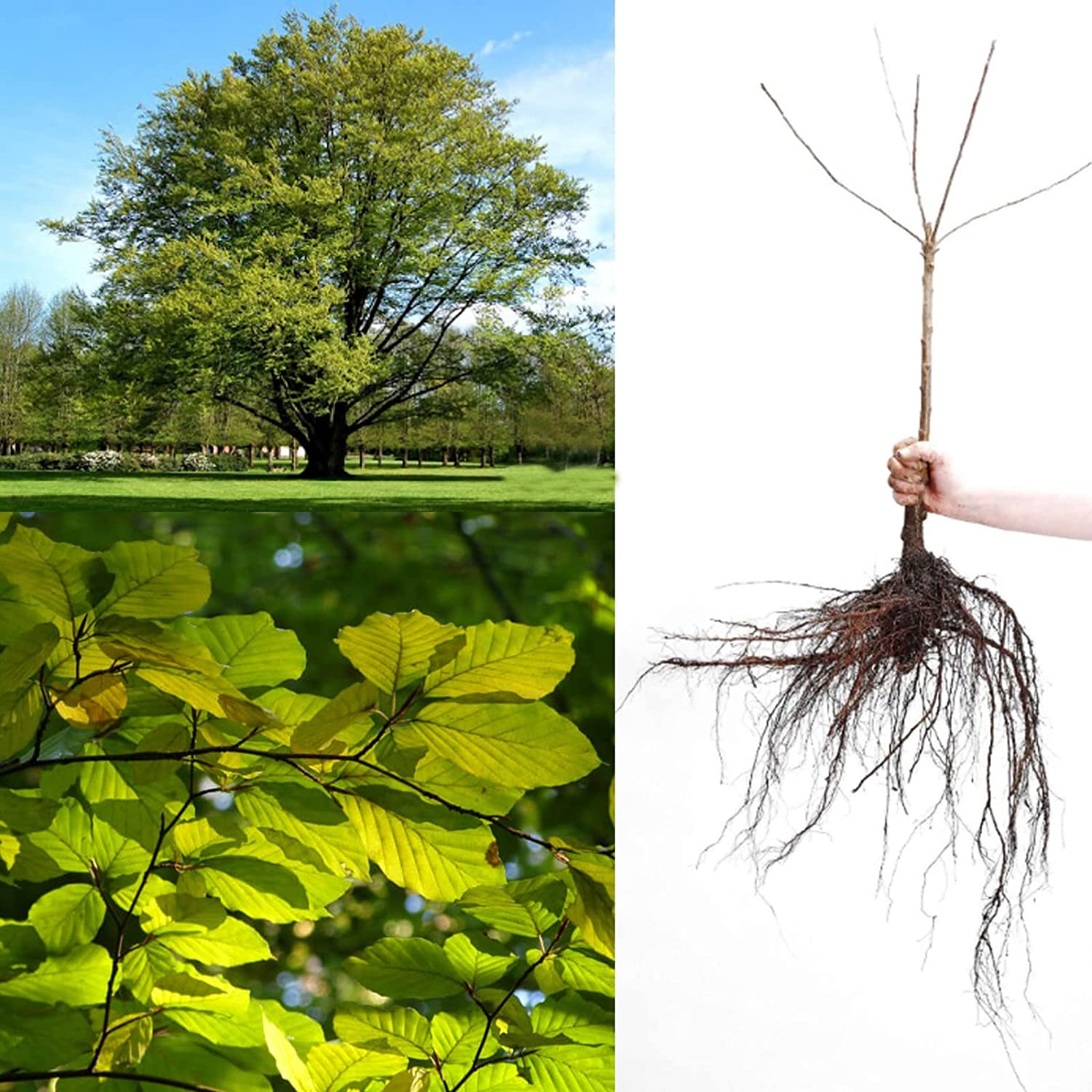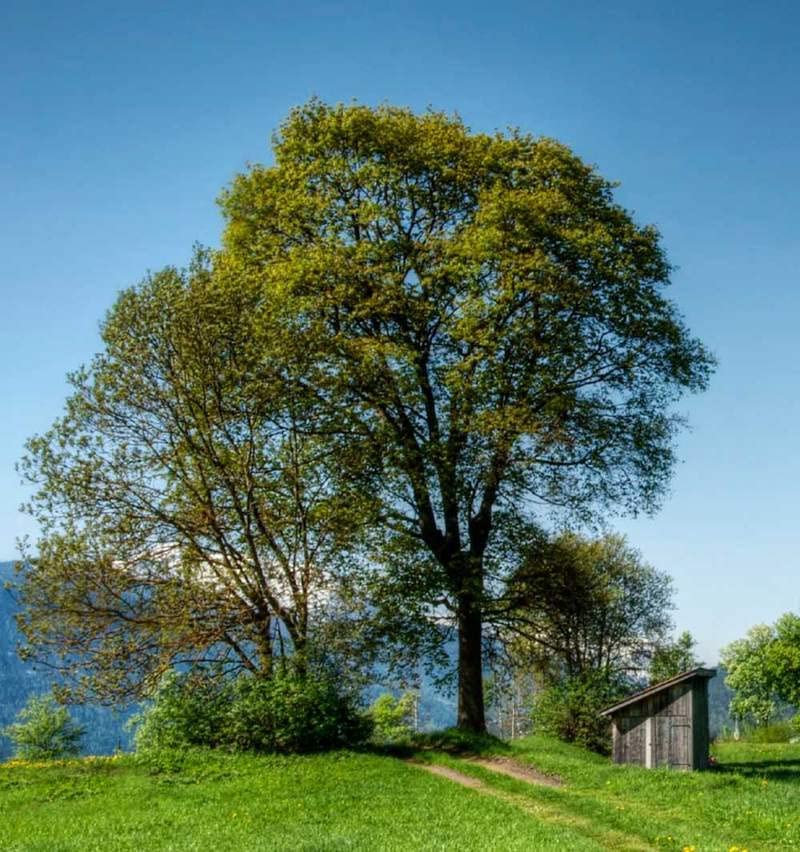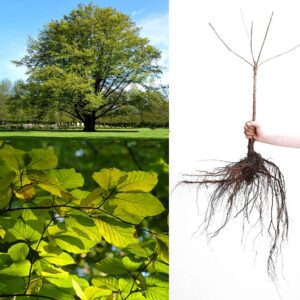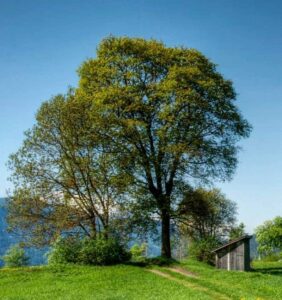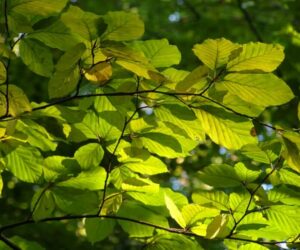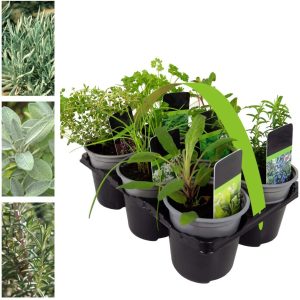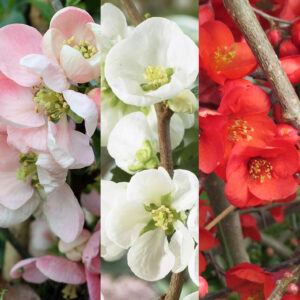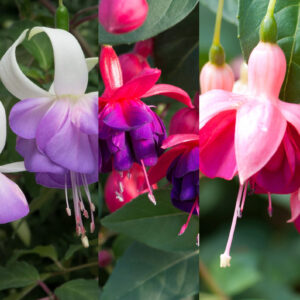Fagus Sylvatica – Common Beech Bare Root Tree
0 reviews
Common Beech Bare Root Tree 70-80cm in Height - European Beech Ornamental Tree Grown in UK
- A medium-sized deciduous tree with a compact bushy crown. Leaves with 5 blunt lobes, turning yellow or red in the autumn. Flowers small, green, forming typical winged maple fruits.
- Acer Campestre is hardy throughout the UK and is one of the best to grow in exposed windy locations. It is often the first seed to establish itself on ploughed farmlands.
- Acer Campestre is entirely self-sufficient once established and tolerant of any soil conditions. Your multi-stem sycamore will arrive as bare root trees ready for immediate planting, and in the first few years it will require regular watering in dry spells. A thick layer of well-rotted mulch around the base will enable it to develop strong roots.
- Acer Campestre, commonly known as the Field Maple tree, is a well-loved sight in the British countryside with its distinctive five pointed leaves.
- You will receive an Acer Campestre - bare-root 70-80cm height.
- Common Beech Bare Root Tree 70-80cm in Height - European Beech Ornamental Tree Grown in UK.
-
Eventual Height
Can grow up to 4 m in the right conditions.
-

Pot Size
11 cm
-
Season of Interest
Flowering: spring - summer
-
Light Required
Partial shade
-
Watering
Moderate watering
-
Best Growing Conditions
Very hardy plant (-20C). Grows better in a sheltered position in full sun to partial shade and in moist, well-draining soil that is on the acidic side.
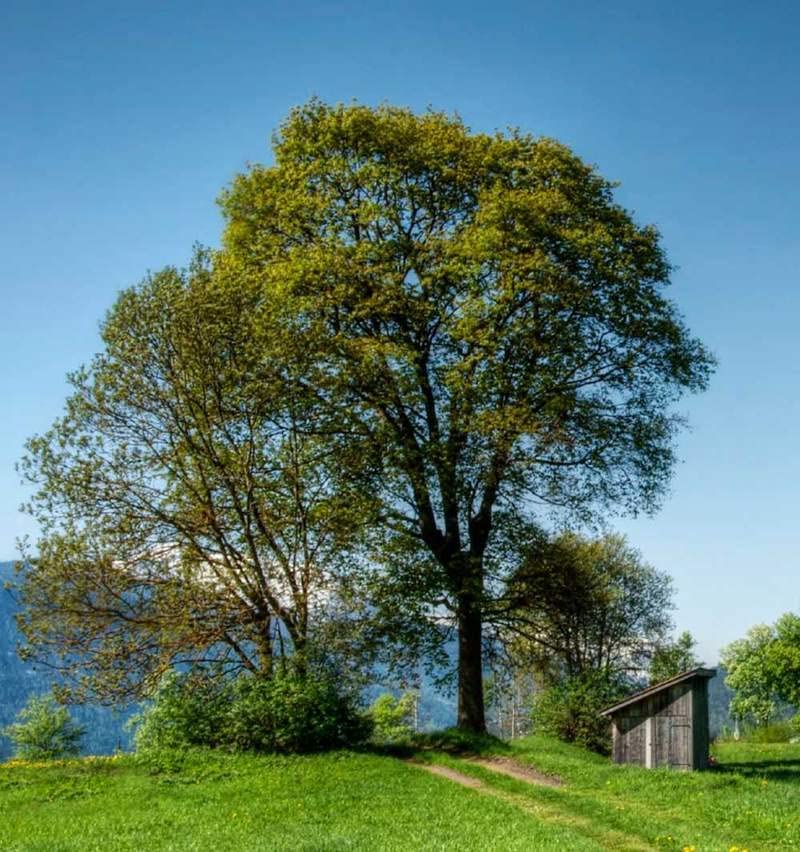
What does common beech look like?
Its natural habitat extends over a large part of Europe from southern Sweden to northern Sicily. It requires a humid atmosphere and well-drained soil. It can be sensitive to winter frost.
In the UK, common beech is only considered truly native to south-east England and south-east Wales. It grows in woods or as single trees, usually on drier, free-draining soils, such as chalk, limestone and light loams.
Beech woodland is shady and characterised by a dense carpet of fallen leaves and mast husks which prevent most woodland plants from growing. Only specialist shade-tolerant plants can survive beneath a beech canopy.
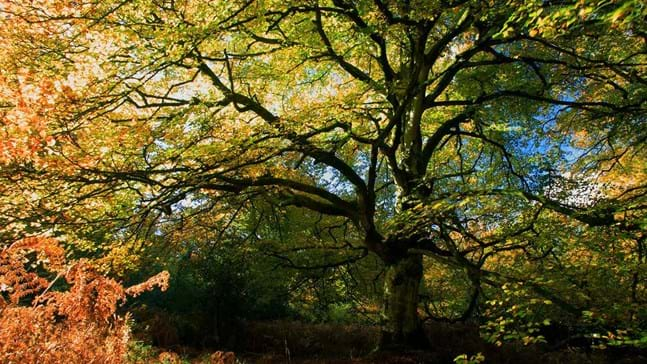
Value to wildlife
Due to its dense canopy, rarer plant species are associated with beech woodland, such as box, coralroot bittercress and a variety of orchids, including red helleborine. Beech woodland provides an important habitat for many butterflies, particularly in open glades and along woodland rides.
Beech foliage is eaten by the caterpillars of moths, including the barred hook-tip, clay triple-lines and olive crescent. The seeds are eaten by mice, voles, squirrels and birds.
Native truffle fungi grow in beech woods. These fungi are ectomycorrhizal, which means they help the host tree to obtain nutrients in exchange for some of the sugar the tree produces through photosynthesis.
Because beech trees live for so long, they provide gnarled and knotted habitats for many deadwood specialists, such as hole-nesting birds and wood-boring insects. The bark is often home to a variety of fungi, mosses and lichens.
Bearded tooth fungus (Hericium erinaceus) is a species of conservation concern that relies on beech woods in the south of England. It grows on the deadwood of fallen trees and on the trunks and large branches of standing trees, especially old, veteran or ancient individuals.
